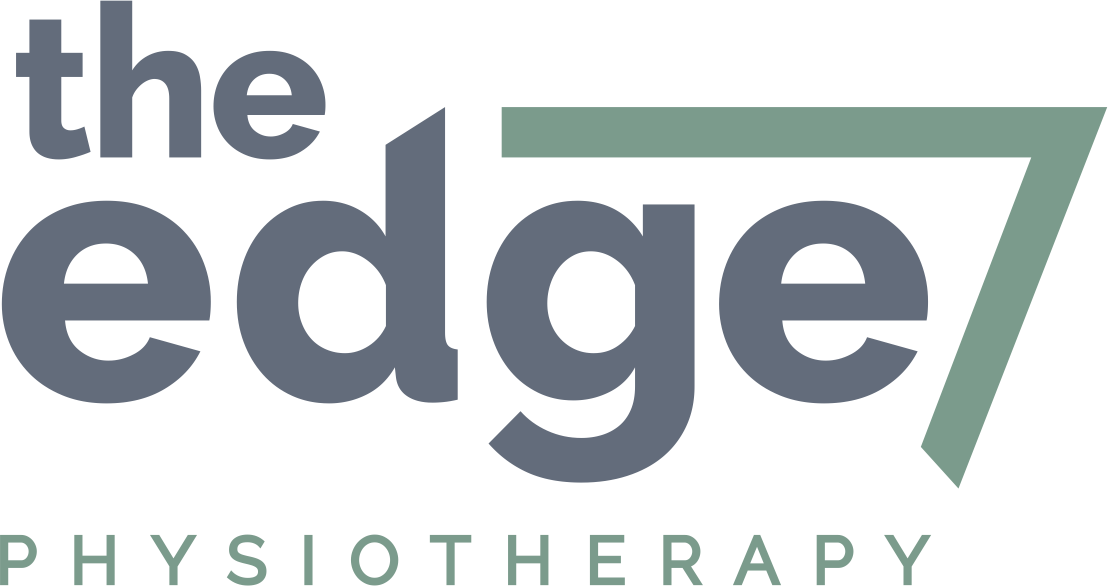Rotator Cuff…shoulder pain
Andrew Dalgliesh - Director and Physiotherapist who’s special area of interest is the shoulder
“It’s my rotor cuff”, sorry I have to have a little giggle here, it’s an insider physio joke to hear this. We shouldn’t laugh though as there isn’t anything funny about shoulder pain. Incredibly debilitating, you don’t really know how much you need your shoulder until you can’t do basic things like wipe your bottom.
Rotator (not rotor) cuff pain in private practice is another umbrella term, not so much for physios, rather that many patients will assume any shoulder pain is a rotator cuff injury. And why not? Since any terminology you look for on the internet containing shoulder pain will lead you to rotator cuff pathologies.
Sometimes yes it is just a rotator cuff injury and a patient’s symptoms will resolve within a predictable amount of time. Having said that, the shoulder is the most complex joint in the body, given it’s large range of motion, it is also the most unstable joint in our body. As you can imagine, a fair bit can go wrong with it. But for today’s argument let’s just say it’s the rotator cuff that’s the problem.
What is the rotator cuff?
The Glenohumeral Joint (shoulder joint) is stabilised by a group of muscles called the rotator cuff, which in short, work to keep the shoulder joint in the socket. Specifically a humeral head depressor, these muscles work together against other shoulder elevators eg. the deltoid, to reduce impingement. The rotator cuff is made up of a group of muscles including the infraspinatus, subscapularis, supraspinatus and teres minor. Together they give strength and stability to the shoulder during motion by providing a cuff around the shoulder joint.
The Shoulder
What is the most common injury associated with the rotator cuff?
In practice we see a variety of cuff injuries including acute rotator cuff strains and tears, and chronic rotator cuff tendon pathologies. On occasion we will see a post operative shoulder which requires rehabilitation, but this is another story.
Minor cuff tears and strains of the muscle are usually sudden in onset, painful and self limiting. Usually they resolve on their own with a conservative approach including relative rest and some manual therapy within a couple of weeks. Any more severe tears may involve other structures such as the labrum, the tendon itself, and will present with impingement, limited ranges, and severe deficits in function. Very large full thickness tears that involve the tendon will sometimes result in surgery and are best confirmed by imaging such as an MRI. Keep in mind that ultrasounds are sometimes used for diagnostic purposes but they can be variable in accuracy.
Some signs and symptoms of a rotator cuff pathology include:
pain with lying on the affected side
sudden onset of pain
limited movement and pain with activity
weakness on muscle testing
As you can see these are not very specific signs and symptoms as the shoulder often presents with pain on many movements and activities. A thorough physiotherapist will take a detailed history and base their diagnosis on a combination of what the patient says, imaging as necessary and clinical testing. As such it is always a good idea to have a professional see you for an assessment to make an accurate diagnosis.
Director and physiotherapist Andrew Dalgliesh works at a Bowral clinic and enjoys working especially with patients regarding shoulder injuries both chronic and acute. If you require a review of your shoulder with Andrew you can book online or contact us on our social media platforms.
Sam and Andy


